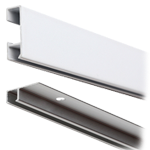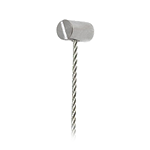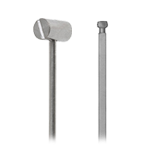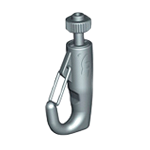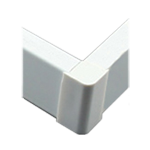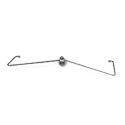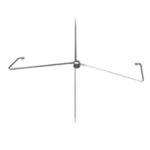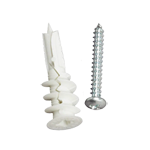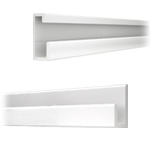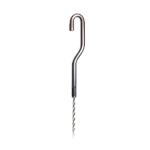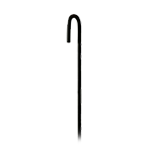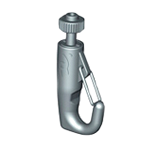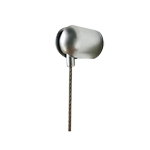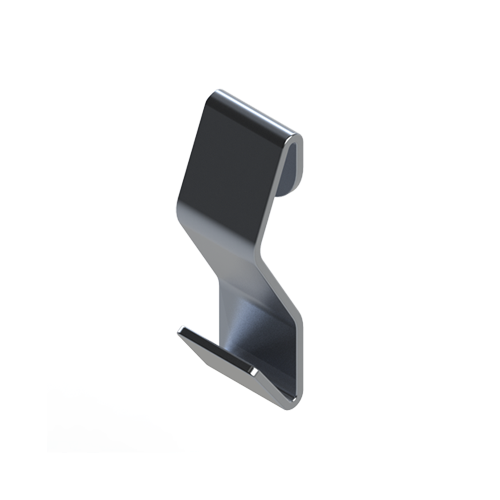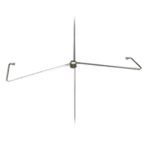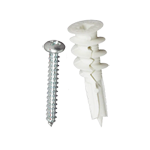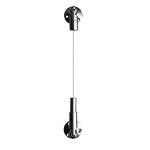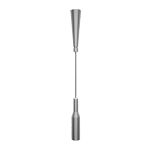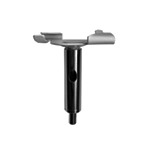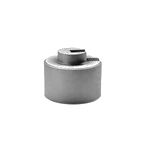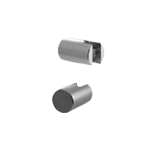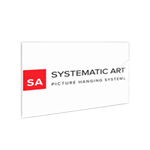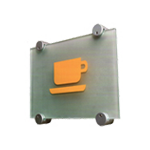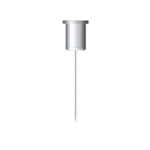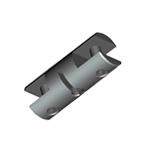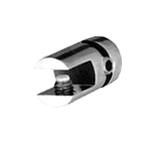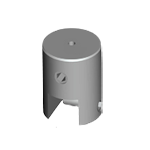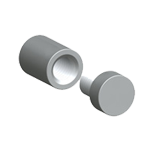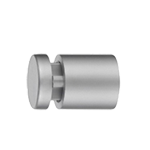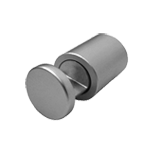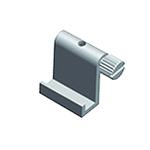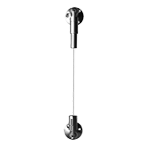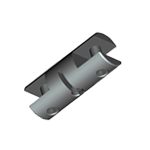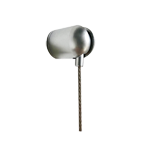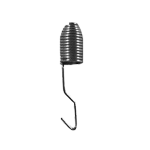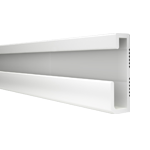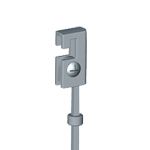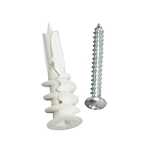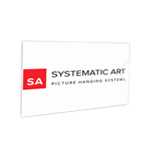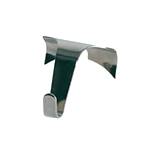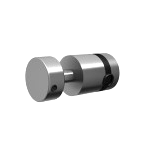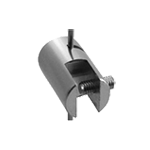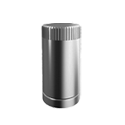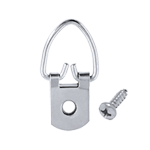Make Dimensions Part of Your Art Display with a Tension Rod System
Gallery and museum artwork is traditionally displayed too different ways. They are hung up against the wall or sat on a platform without any wall or ceiling support. Almost all alternatives are a play on these two common setups. A lot of modifications are designed to protect the walls, the artwork, or even the people around the gallery displays. But those same tools can become art themselves. Add dimensionality to your gallery displays with a tension rod system.
How do tension rod systems work?
At its most traditional and basic, artwork is usually hung from one or two fixed points near the top of the piece of art. The bottom of the artwork or the frame rests against the wall or support barrier. This makes the artwork hang flat, or nearly flat, and fixed from the top.
But tension rods support the artwork from the top and the bottom. Cables run vertically from the ceiling to floor with enough tension to pull the cables taut. Then a horizontal bar or hooks secure the artwork in place. This system is often used for very lightweight art or art that needs to be fixed in place on all sides. They also mean that artwork can be displayed without a support wall directly behind it.
How can you make displays pop with a tension rod system?
If you want to make the display style part of the display, then a tension rod system gives you plenty of options without taking away from the artwork. You can:
- Hang displays in the middle of an open space for dramatic emphasis.
- Create perfectly aligned vertical or horizontal columns.
- Tilt the tension cables for a receding or protruding effect so people can walk up to or under the artwork. Different angles can help tell a story or make the gallery walk space more dynamic.
For tension rod systems and backup hardware, go to Systematic Art here.

